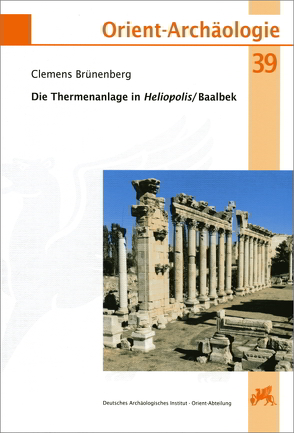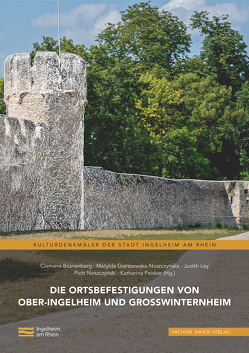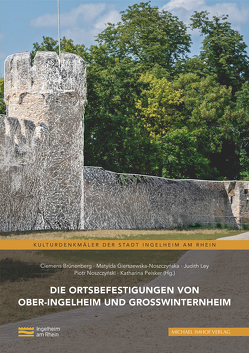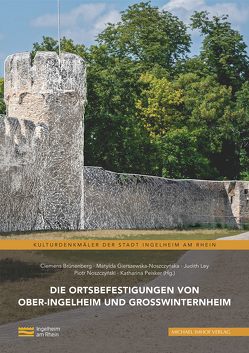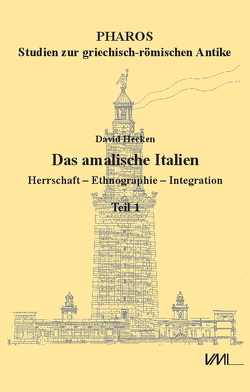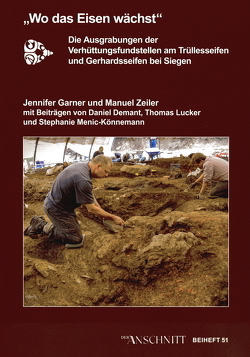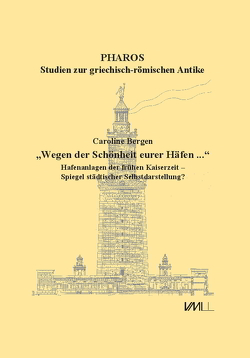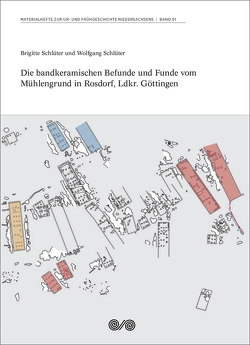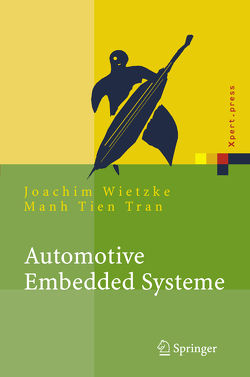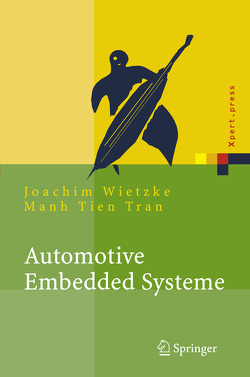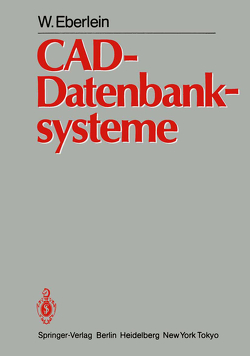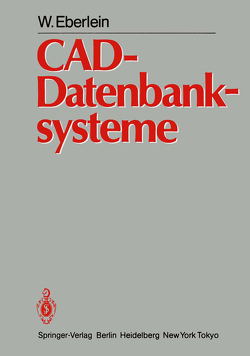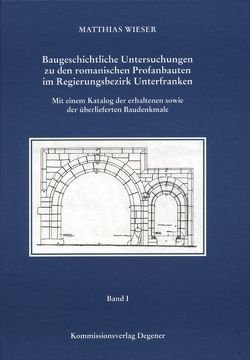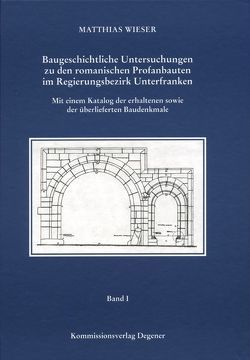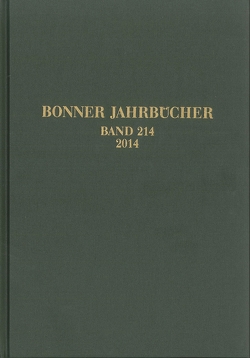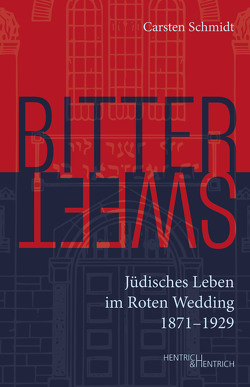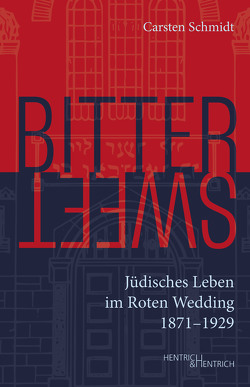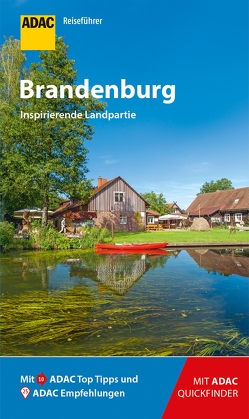Die Thermenanlage in Heliopolis / Baalbek
Clemens Brünenberg
The Late Antique city history [OrA 35] and the sanctuary of Jupiter [OrA 38] of Baalbek in Lebanon are followed by this study of one of its most impressive monuments, the ruin of an enormous Roman bath complex on the western periphery, whose function, dating, and significance for city history and regional history were largely unknown before. Now a comprehensive study of its building phases and position within city architecture were done, including detailed documentation, analyses of each feature, and archive material. Earliest remains were identified as parts of previous architecture, a representative residential area with elaborate houses. In the late 2nd century A.D. the area was systematically broken down, equipped with substructions and – probably for the emperor’s visit in A.D. 215 – covered with the bath complex in an urban Roman-North African style. In ca. A.D. 220-250 it was considerably enlarged in Levantine style and changed into residential buildings and an odeion in the 4th/5th century A.D., before an earthquake ultimately destroyed the ruins. Even the reconstruction of badly preserved parts such as the facades and the attribution of certain purposes to individual rooms were possible.
